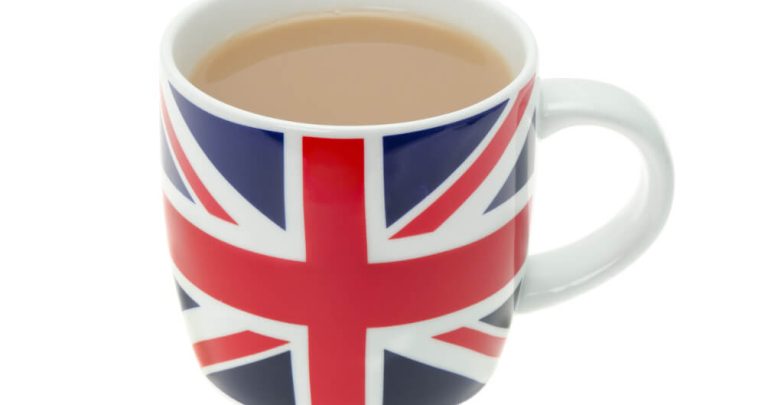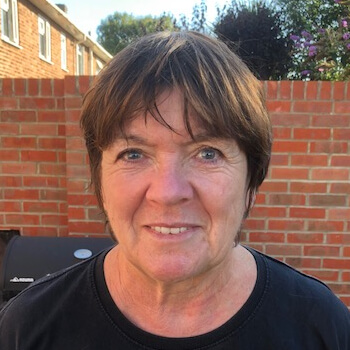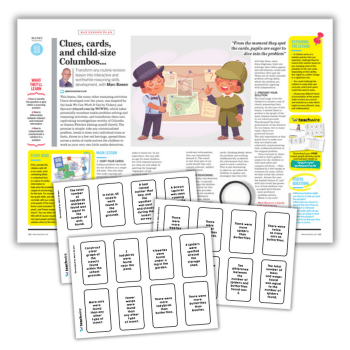We Need to Develop our own Maths Mastery Curriculum

Isn’t it time we created a curriculum of our own, instead of copying Asian examples, asks Caroline Clissold…

- by Caroline Clissold
- Maths consultant and author

“Mastery is simply good teaching.” “Mastery is a fad.” I’ve heard comments like these about teaching for mastery. What do you think?
In my opinion, I don’t think it’s a flash in the pan, and it’s clearly more than ‘good teaching’ because it involves elements that are new to many UK teachers, such as variation. Hopefully it’s here to stay.
We now know a great deal about the mastery approaches taken by higher performing jurisdictions around the world, such as Singapore, Shanghai and Japan. But isn’t it time we developed a mastery curriculum of our own, instead of ‘copying’ these other versions?
The 2014 curriculum talks about maths being an interconnected subject in which children need to move fluently between representations of mathematical ideas.
It’s our job to help children make these rich connections, especially because our curriculum has far more to cover than those of these higher performing jurisdictions. Making connections gives us more time to spend on key number-based concepts.
In my experience, some schools aren’t yet making these rich connections. For example, many resources put tenths, hundredths and thousandths in their fractions units. These are actually part of place value so should be included right at the beginning of the year when that concept is taught.
Tenths are numbers that are ten times smaller than one – Y3 children need to understand this. Hundredths are 100 times smaller than one – a concept Y4 need to grasp. Both year groups need to be able to connect tenths to their decimal notation. It makes perfect sense to explore them within a unit on place value.
Many resources have separate units for measurement and statistics. These are both an everyday application of the number work we want children to master, so why don’t we include these regularly in the practice, reinforcement and consolidation of number? After all, place value is place value whether it be in number, length or mass.
When we compare money, it is the same process as comparing number. If we included comparing, ordering and rounding different measures when comparing, ordering and rounding numbers, children will understand that the process is exactly the same, no matter the context.
I’m working with several schools to develop plans where we make these connections and it makes so much sense to everyone involved – including the children.
Something else we need to develop a sensible progression in is fractions so that Y6 children can focus on multiplying fractions by fractions and dividing fractions by whole numbers, instead of playing catch-up on areas that they should have mastered in previous years.
I’ve done a lot of work with Y2 children on fractions using NCETM’s Exchange Game cards. It is amazing what they are capable of learning if we have high expectations and, importantly, appropriate resources – and if we adapt the ‘requirements’ of the Y2 curriculum.
Using these cards, children are able to explore making one and develop the generalisation that numerators and denominators must be the same to make one whole. They are able to understand the relationship between these fractions and know that, for example, eighths of the same whole are smaller than halves.
In Y2 we explore simple addition of fractions with the same denominator and use commutativity and inverse to generate other facts.
If children really understand what a fraction is, why limit them to halves, quarters and thirds? We could be exploring any fraction! Of course, we need the time to do this, and we would have it if we incorporated measurement and statistics into number-based work.
We need to bring back the teaching of mental calculation strategies. Often, from Y3 or 4, children use formal written methods as their default method, when they could answer a calculation more efficiently using a mental strategy either in their heads or with jottings.
Using formal written methods is not mastery. Knowing the most effective, efficient way to calculate is. One Y6 teacher I know spent several weeks developing mental calculation strategies with pupils and it made such a difference to their ability to calculate.
There is no requirement for children to use written methods in KS1, so why don’t we use this as an opportunity to develop mental strategies?
In conclusion, I believe that we can create a mastery curriculum of our own by adopting elements of good practice from other countries and reworking the curriculum to embed measurement and statistics into number.
We must have higher expectations in fractions from Y2 to 5 and include the development of mental calculation strategies from Y1.
 Caroline Clissold is a maths consultant and author and co-author for the Rising Stars Picture Maths and Rising Stars Mathematics series respectively. Find out more at risingstars-uk.com/maths and @risingstarsedu.
Caroline Clissold is a maths consultant and author and co-author for the Rising Stars Picture Maths and Rising Stars Mathematics series respectively. Find out more at risingstars-uk.com/maths and @risingstarsedu.










